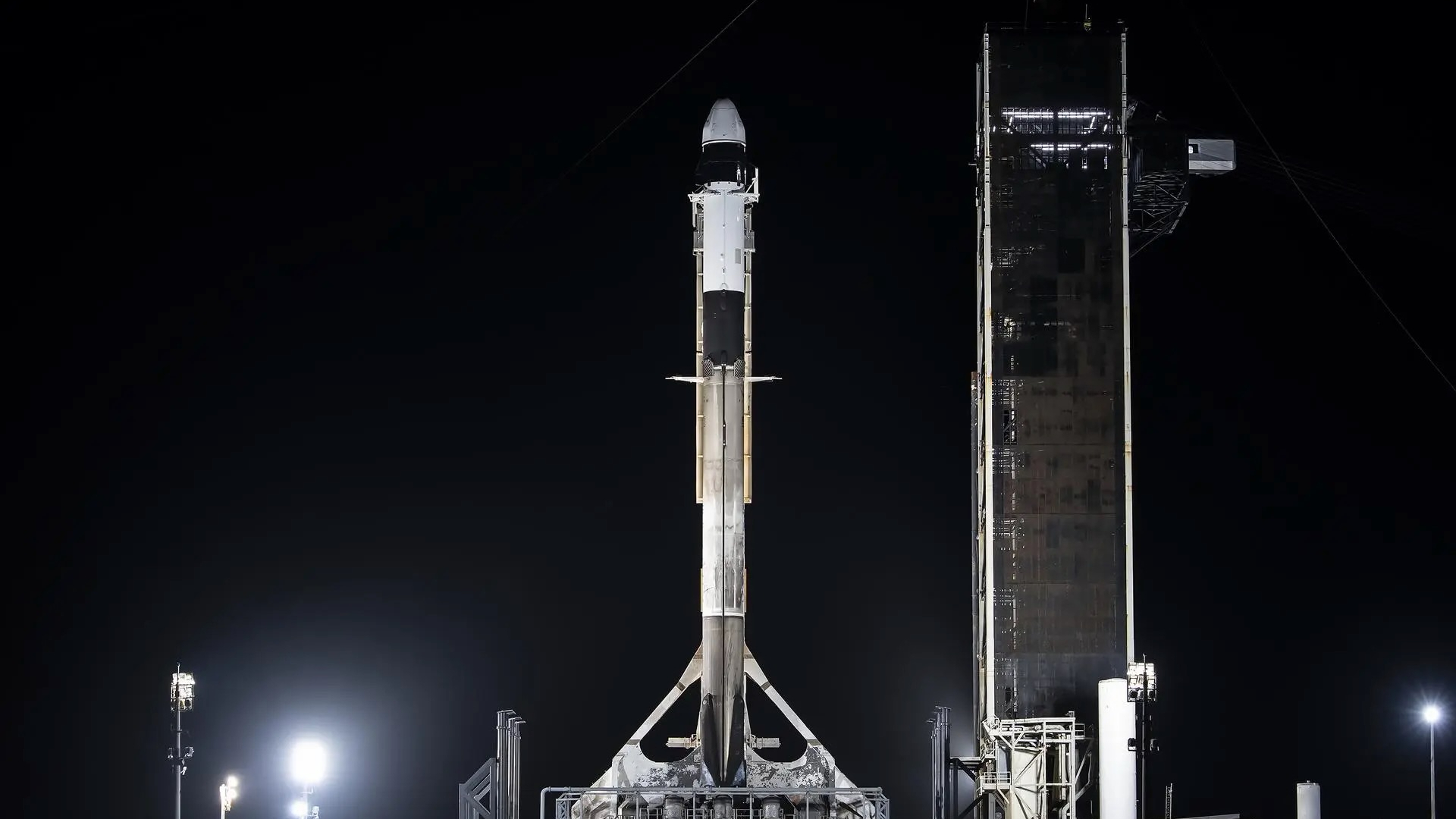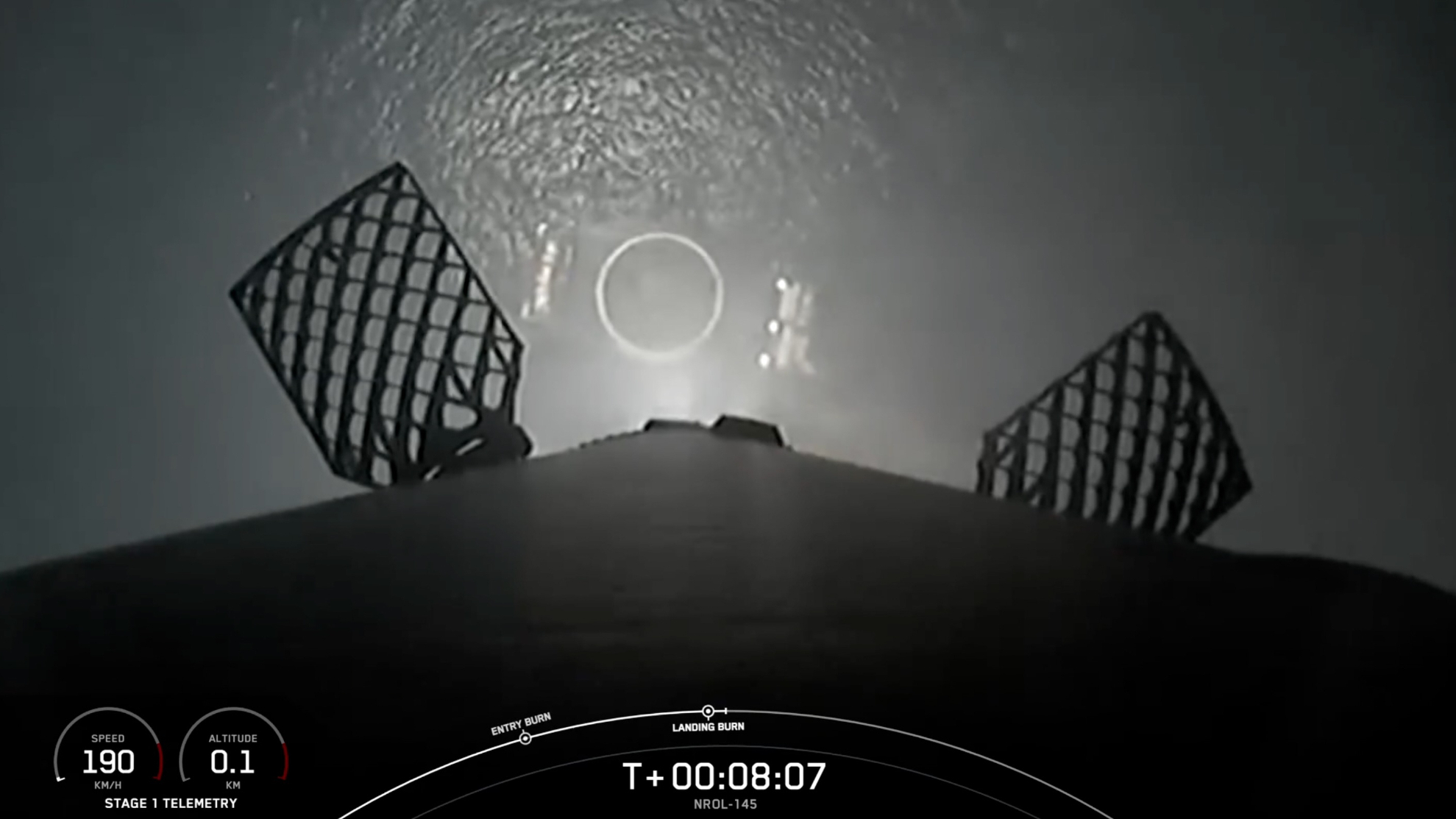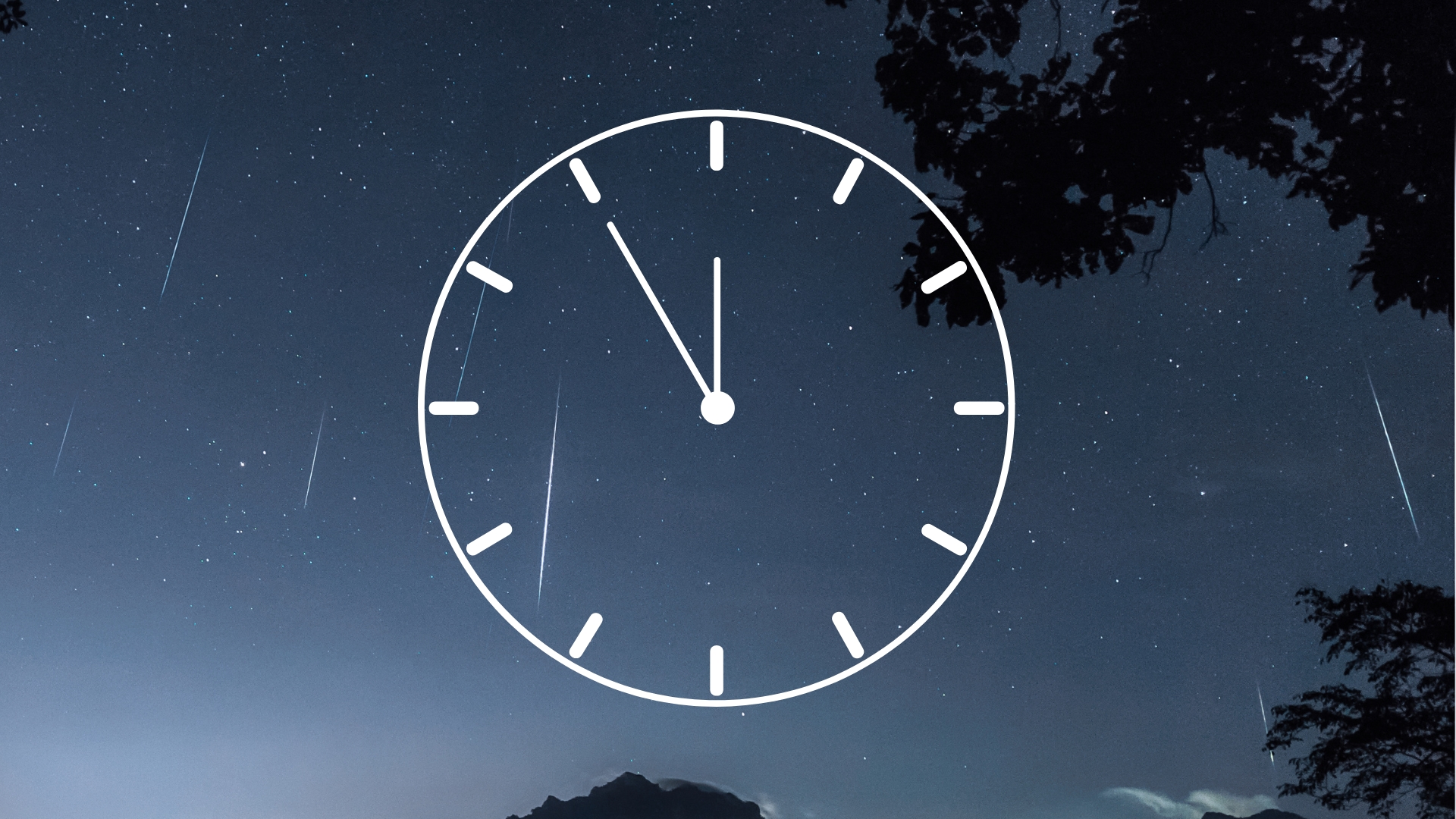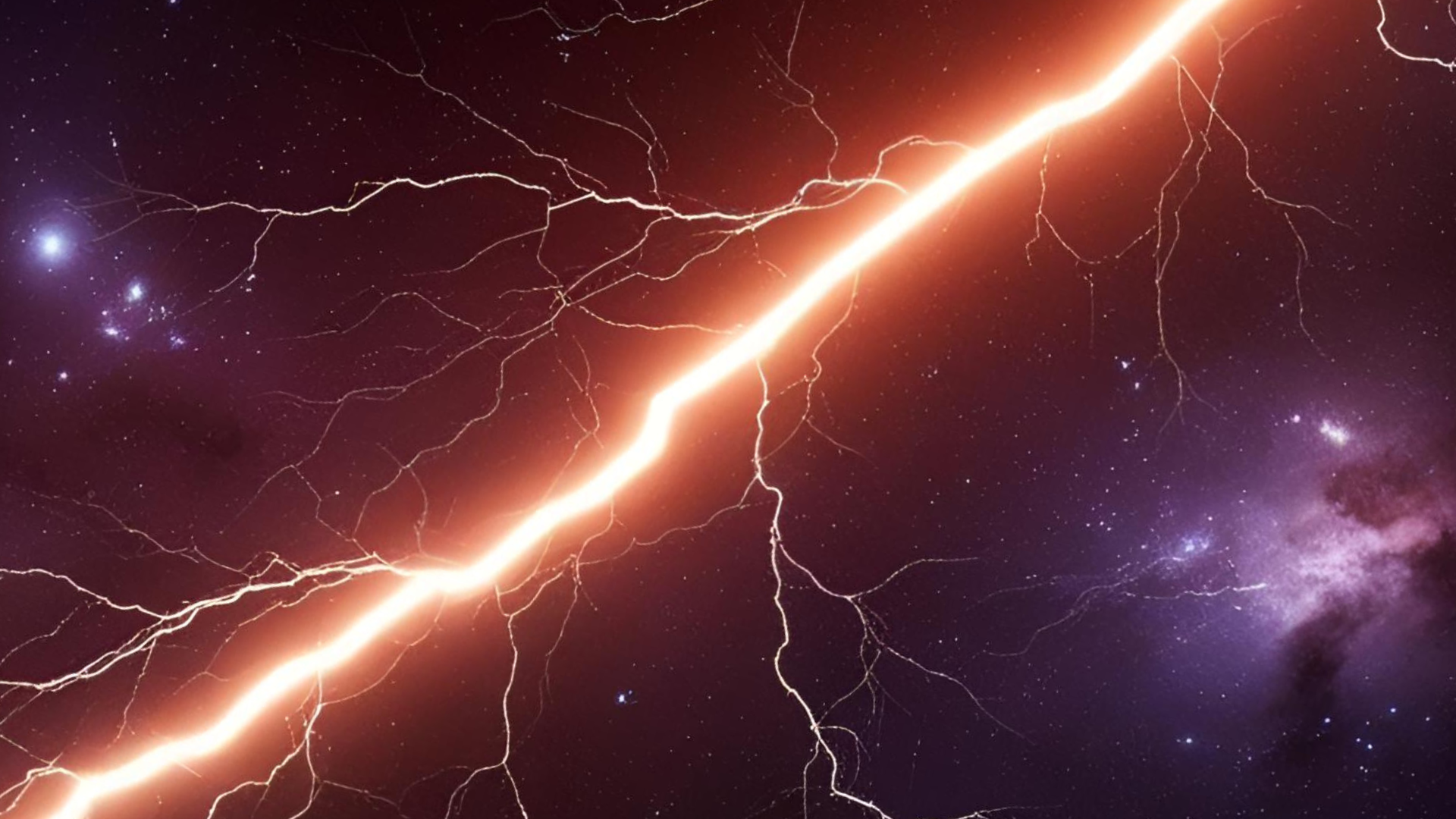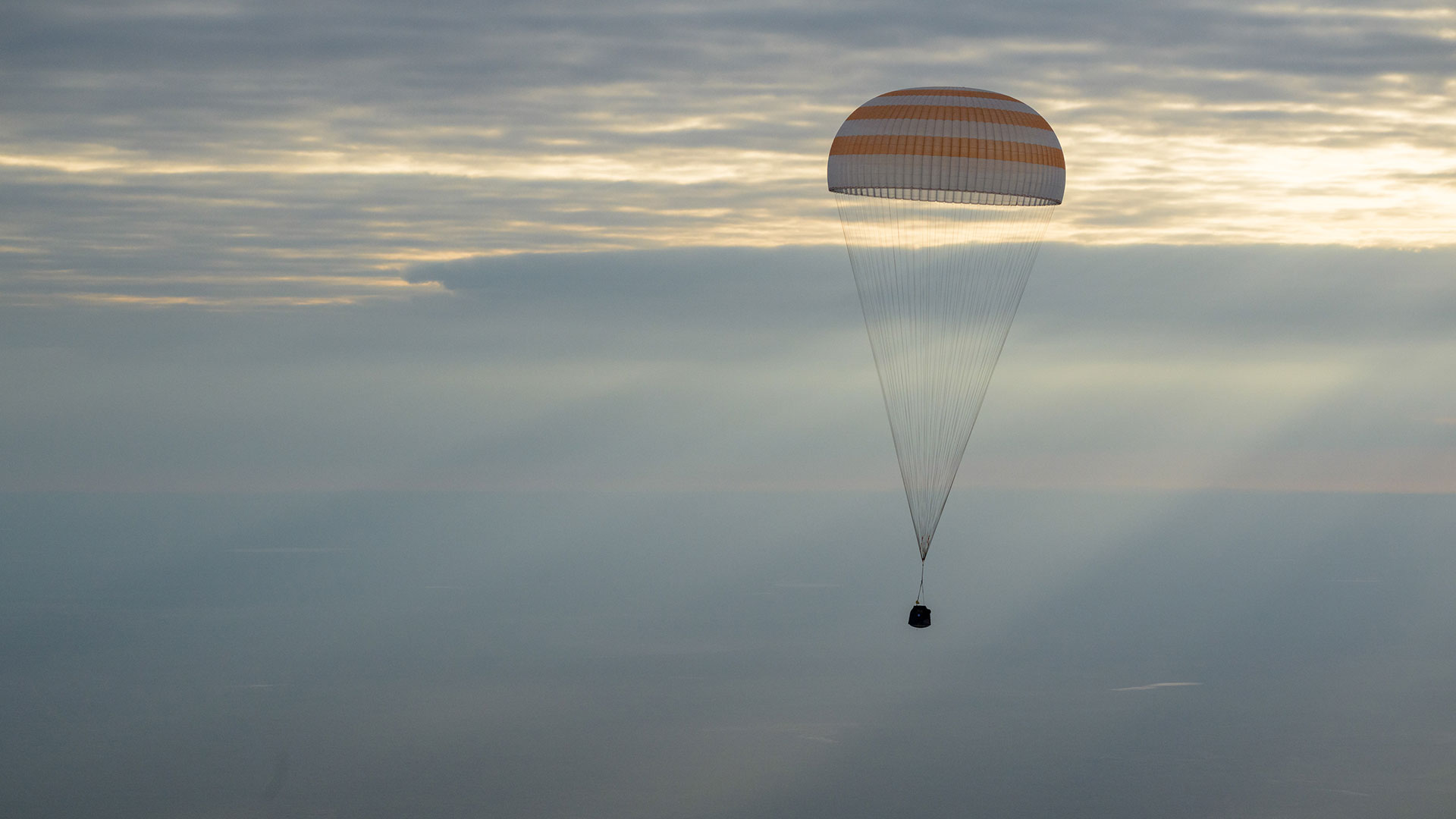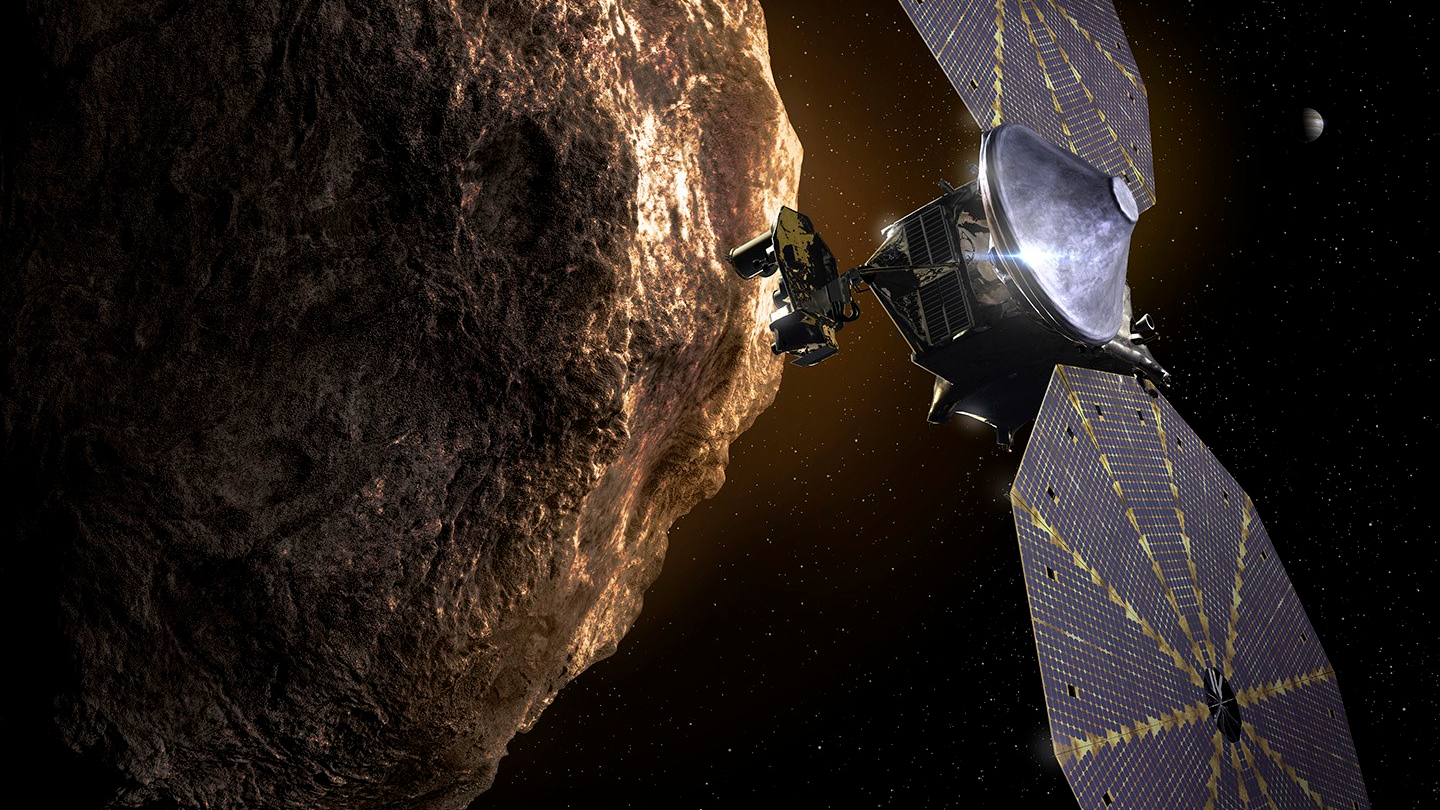NASA's Perseverance rover to test future spacesuit materials on Mars

NASA's Perseverance rover is headed to Mars "well suited" to help advance the day when humans walk on the Red Planet.
While the rover's primary mission is to search for signs of ancient microbial life, small material swatches mounted to the front of the six-wheeled vehicle will help validate NASA's fabric choices for future Mars-bound astronaut spacesuits.
The same squares will also help keep one of Perseverance's science instruments fine tuned as it investigates the dry river basin in Mars' Jezero Crater.
"They wanted to look at what happened when this stuff is on Mars over a long period of time and we needed a way to make sure it's working correctly, so it was a natural fit," said Luther Beegle, the principal investigator for the SHERLOC (Scanning Habitable Environments with Raman & Luminescence for Organics & Chemicals) instrument on the rover.
Perseverance is scheduled to launch from Cape Canaveral, Florida, on July 30, and land on Mars on Feb. 18, 2021.
Related: How to watch NASA's Mars 2020 Perseverance rover launch live online
In photos: NASA's Mars Perseverance rover mission to the Red Planet
Have spacesuit (samples), will travel (to Mars)
Like the other science tools on Perseverance, the SHERLOC instrument — which includes a laser, spectrometers and a camera (called WATSON, or Wide Angle Topographic Sensor for Operations and eNgineering) — will be subjected to wide temperature swings, dust and other harsh conditions on Mars. So to ensure that the measurements it takes remain precise, SHERLOC has a calibration target on the rover.
Get the Space.com Newsletter
Breaking space news, the latest updates on rocket launches, skywatching events and more!
"The calibration target is something that we'll look at every three to five months to make sure the instrument is functioning the way we think it should be functioning," said Beegle in an interview with collectSPACE.com.
About the size of a smartphone, the SHERLOC calibration target has 10 material samples that were chosen for their specific properties. Divided into two rows, the top five materials on the device include two sapphire disks, two pieces of silica glass and a Martian meteorite that was found on Earth and is now being returned to Mars.
Related: From Apollo to Mars: The evolution of spacesuits
The bottom row has five spacesuit material samples, including the polycarbonate from a helmet visor; swatches of Orthofabric and Vectran, as used on the exterior of the suit and on the palms of gloves, respectively; and two pieces of Teflon, one bare and the other coated, as used on the back and gauntlets of the gloves.
Beegle and his team, though, did not start out with the goal of advancing spacesuit development when they picked the materials they wanted on the calibration target.
"We wanted a Teflon piece and we wanted some other materials that had good Ramen signatures [photon scatterings] associated with them. So we said to ourselves, 'Okay, let's get a nice Teflon disc.' But the more we thought about it, the more we realized that that was kind of boring and dull," said Beegle.
"So we said to ourselves, 'Well, what else has Teflon in it?'" he recalled.
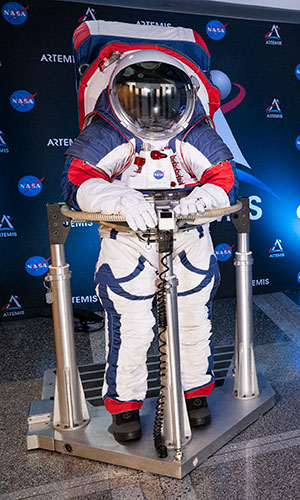
Fortunately, one of the other members of the SHERLOC team, Mark Fries, worked in the Astromaterials Research and Exploration Science division at the Johnson Space Center (JSC) in Houston, home to NASA's human spaceflight program. He connected Beegle with the engineers developing the next generation of spacesuits and together they came up with a plan.
"We also plan to build a small Mars exposure instrument here at JSC, and match the conditions inside it with weather data from the rover," Fries told a NASA interviewer in 2019. "We'll then place an identical set of spacesuit samples inside the chamber and periodically remove them to, for example, test the strength of fabrics or the clarity of helmet visor plastics. The result is we'll be able to test spacesuit materials in Mars-like conditions long before astronauts ever go there."
Meanwhile, the periodic calibration checks will also collect the data needed by the spacesuit team.
"It turns out it is a really good synergy because we're going to take the exact measurements that we need, which are the exact measurements they'll need to do the science experiment on what's happening to those materials," said Beegle.
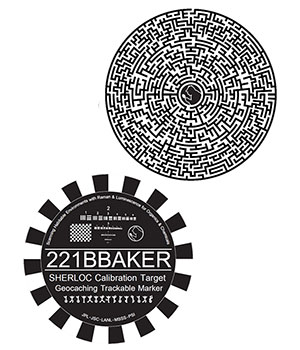
It's elementary
As it turned out, the spacesuit samples offered one more opportunity to connect Perseverance with the future of humans on Mars.
Given that the polycarbonate spacesuit visor material was clear, Beegle was able to insert an opal glass "coin" behind it and still have it be visible. The disc will be there for astronauts to find when they eventually come across the rover in Jezero Crater.
"If somebody is up there, walking around Mars eventually — well, if you've done geocaching before, it's cool to have this thing out there where people could come up and then geocache later on," Beegle told collectSPACE.

On Earth, geocaching is an outdoor, treasure hunt-like pastime where participants use GPS-enabled devices to locate geocache targets hidden by others. Beegle and his team discovered they enjoyed the activity during the course of developing the SHERLOC instrument, so they made a geocache tag for future discovery by astronauts on Mars.
Perseverance's tag is labeled "SHERLOC Calibration Target Geocaching Trackable Marker" and, in a nod to its acronym's namesake, "221BBAKER" (221B Baker Street is the London address of the detective Sherlock Holmes, as created by author Arthur Conan Doyle).
But just like the spacesuit materials, which serve a double purpose on the rover, so does the geocache target and another printed disc on the calibration target that features an intricate maze. Both are used to fine tune the laser on SHERLOC to a resolution equivalent of the width of a human hair.
"There are a lot of markings on the geocache target that are specifically designed to measure how big the laser beam is and how everything's functioning in terms of moving things around," said Beegle.
The very complex, very small maze will serve the same purpose, but also provide another way to engage with the public — without they first having to travel to Mars.
"The maze is solvable, there is a solution," said Beegle. "People will be able to solve it because we should be able to image the entire thing over the course of the mission."
Follow collectSPACE.com on Facebook and on Twitter at @collectSPACE. Copyright 2020 collectSPACE.com. All rights reserved.
Join our Space Forums to keep talking space on the latest missions, night sky and more! And if you have a news tip, correction or comment, let us know at: community@space.com.

Robert Pearlman is a space historian, journalist and the founder and editor of collectSPACE.com, a daily news publication and community devoted to space history with a particular focus on how and where space exploration intersects with pop culture. Pearlman is also a contributing writer for Space.com and co-author of "Space Stations: The Art, Science, and Reality of Working in Space” published by Smithsonian Books in 2018.In 2009, he was inducted into the U.S. Space Camp Hall of Fame in Huntsville, Alabama. In 2021, he was honored by the American Astronautical Society with the Ordway Award for Sustained Excellence in Spaceflight History. In 2023, the National Space Club Florida Committee recognized Pearlman with the Kolcum News and Communications Award for excellence in telling the space story along the Space Coast and throughout the world.

